China's largest single-pipe natural gas transmission project, the China-Russia east-route natural gas pipeline, officially went into full operation on Monday. From construction to operation, the pipeline's critical equipment and core control systems have been entirely domestically produced, China Media Group (CMG) reported.
With the full operation of this 5,111-kilometer natural gas pipeline, its annual transmission capacity is set to be raised to a peak of 38 billion cubic meters, benefiting about 450 million people along its route, according to the report.
Notably, this world-class pipeline has achieved full localization of its critical equipment. For example, at Heihe station in Northeast China's Heilongjiang Province, the first along the pipeline, three domestically produced electric-driven compressors are continuously pressurizing natural gas and delivering it downstream, CMG reported.
Acting as the "heart" of the natural gas compression stations, these compressors play a vital role. Across the entire length of the pipeline, there are 36 high-power compressor units in operation, all sourced from domestic manufacturers, according to the report.
The pipeline has also achieved the full localization of both the hardware and software of its core control systems for the first time, the report said.
The pipeline was built and commissioned in three sections: the northern, central and southern. It was completed on November 18, seven months ahead of schedule, the National Oil and Gas Pipeline Network Group (PipeChina), the builder of the project, said in a statement.
As of November 18, the pipeline has safely and steadily delivered over 78 billion cubic meters of natural gas, PipeChina said in November.
Once the pipeline reaches its maximum transmission capacity, it will account for nearly 10 percent of the country's total natural gas consumption annually, highlighting its critical importance, Lin Boqiang, director of the China Center for Energy Economics Research at Xiamen University, told the Global Times on Monday.
In 2023, the country's natural gas consumption reached 394.5 billion cubic meters, up 7.6 percent year-on-year, per data from the National Energy Administration.
Piped natural gas is much cheaper than liquefied natural gas. Additionally, as a clean energy source, it plays a crucial role in driving the transition to a more sustainable energy future, Lin noted.
In recent years, China's natural gas production has grown rapidly, but the surge in consumption has led to an increase in imports, therefore securing a diversified supply of imports is essential, Lin noted.
The China-Russia east-route natural gas pipeline starts in Heihe in the north, and runs through nine provinces, autonomous regions and municipalities, reaching all the way to Shanghai. It is a key component of China's four major oil and gas strategic corridors and after the China-Central Asia gas pipeline and China-Myanmar natural gas pipeline, has become the third cross-border natural gas pipeline to supply China, according to the Xinhua News Agency.
This year, China accelerated the expansion of its oil and gas pipeline infrastructure, adding over 4,000 kilometers of new pipelines and making steady progress toward building a unified national network, CMG said.
The national natural gas network now boasts a daily supply capacity of over 1 billion cubic meters.









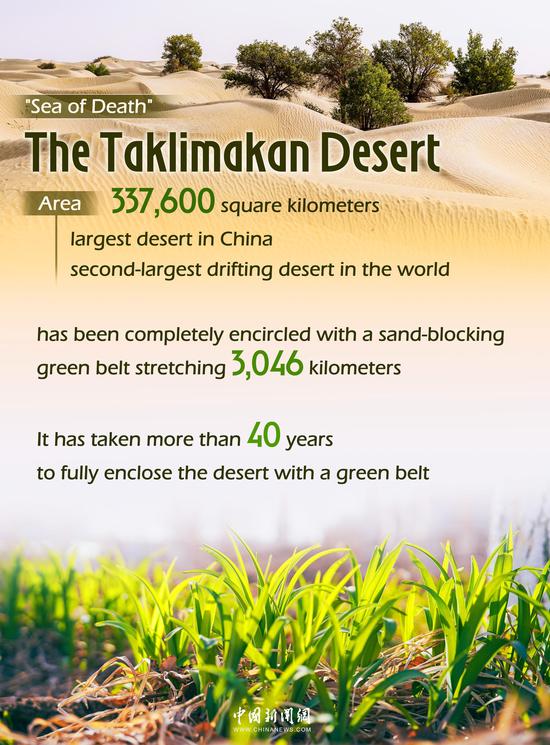



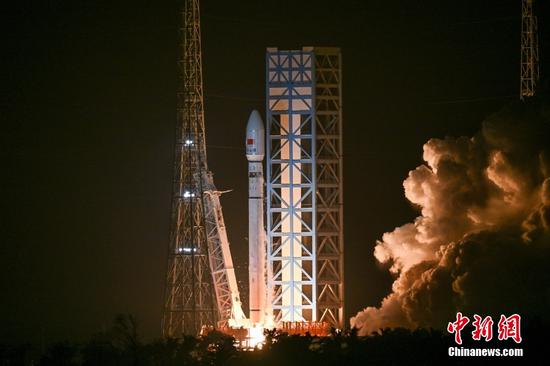


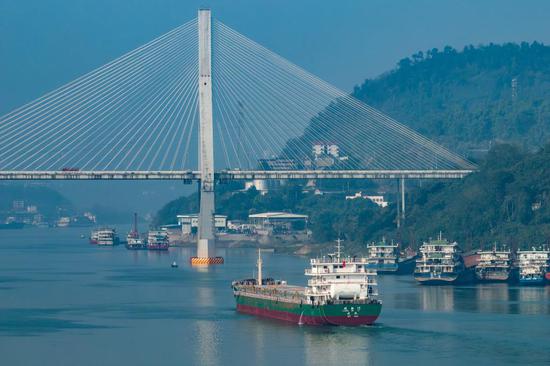
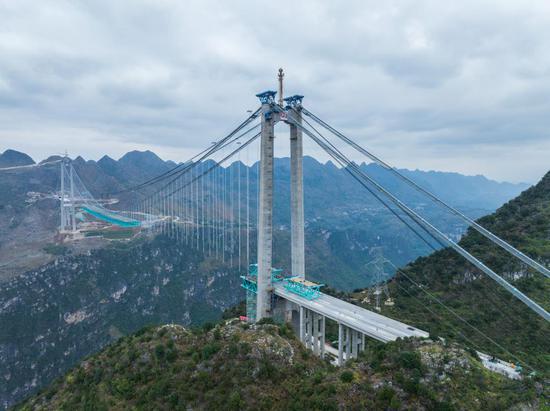

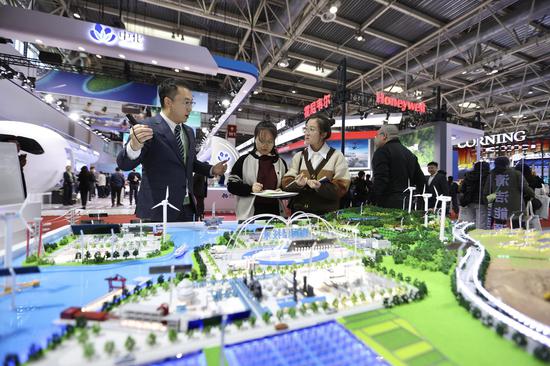

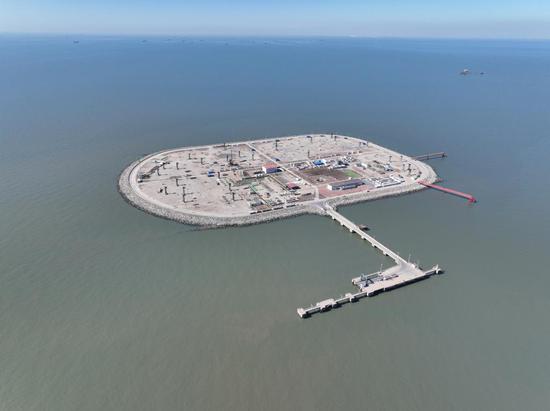

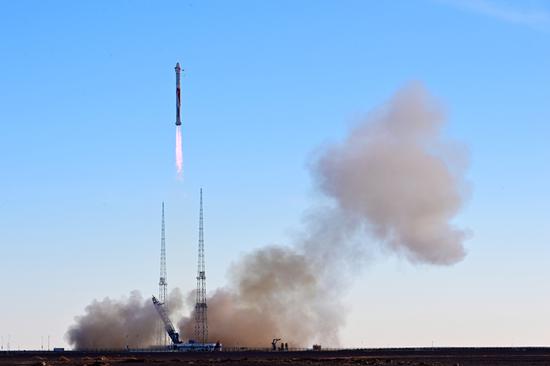
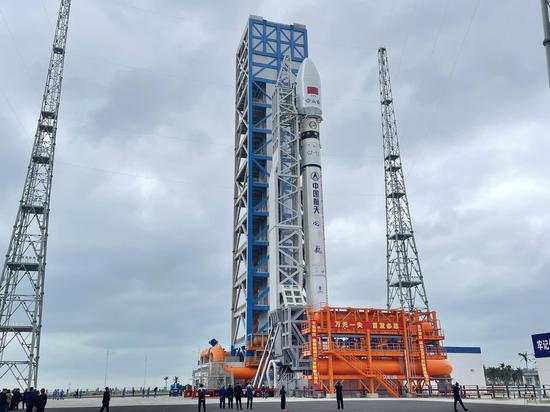
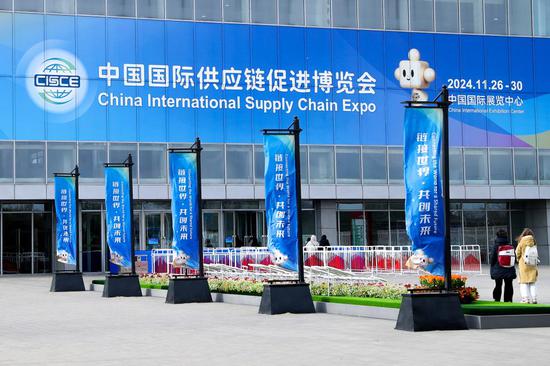

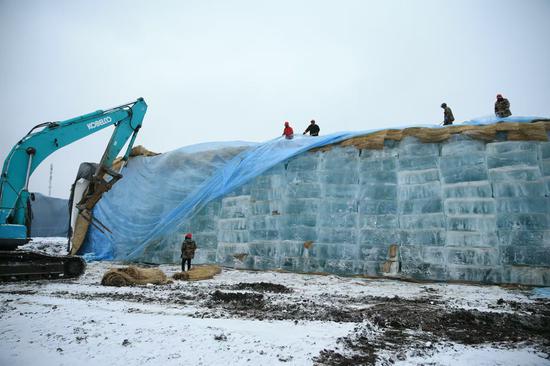




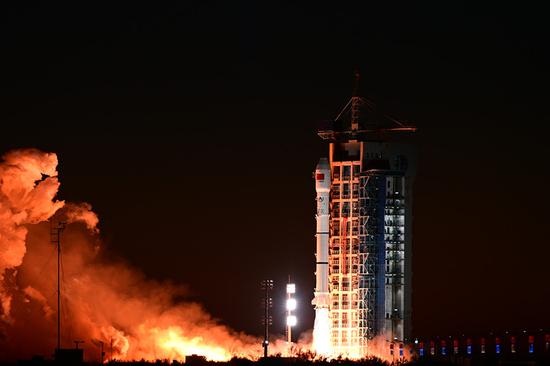
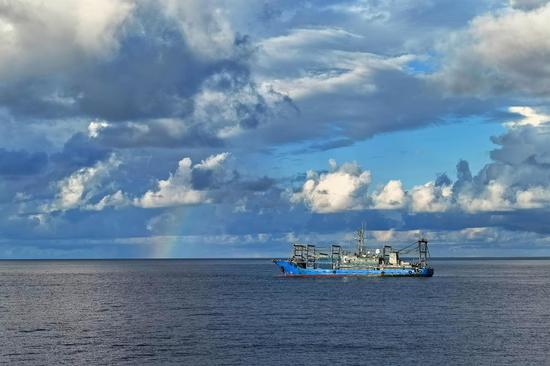







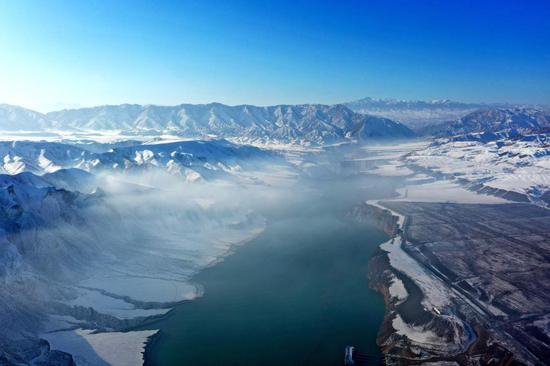




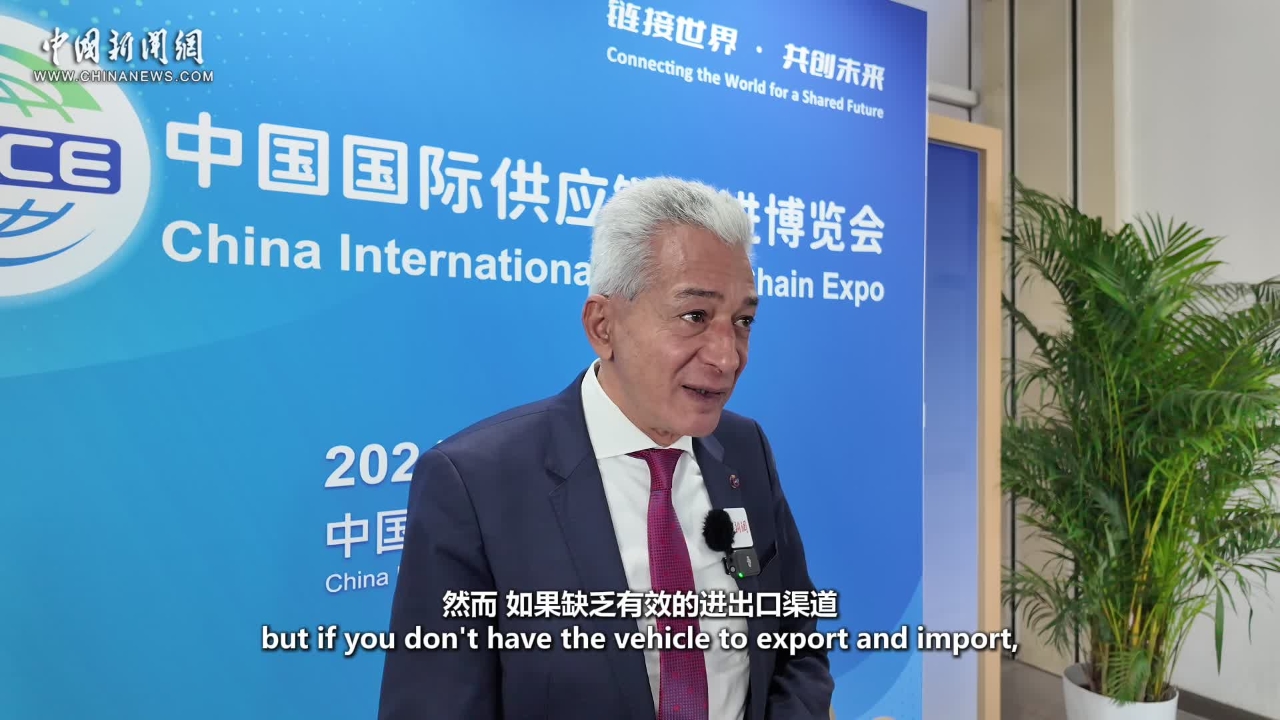



 京公网安备 11010202009201号
京公网安备 11010202009201号